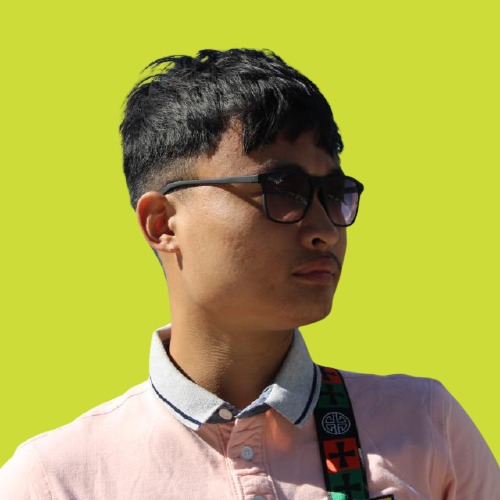
 Data Structure
Data Structure Networking
Networking RDBMS
RDBMS Operating System
Operating System Java
Java MS Excel
MS Excel iOS
iOS HTML
HTML CSS
CSS Android
Android Python
Python C Programming
C Programming C++
C++ C#
C# MongoDB
MongoDB MySQL
MySQL Javascript
Javascript PHP
PHP
- Selected Reading
- UPSC IAS Exams Notes
- Developer's Best Practices
- Questions and Answers
- Effective Resume Writing
- HR Interview Questions
- Computer Glossary
- Who is Who
How to set the position of a Circle from left using FabricJS?
In this tutorial, we are going to learn how to set the position of a Circle from left using FabricJS. Circle is one of the various shapes provided by FabricJS. In order to create a circle, we have to create an instance of fabric.Circle class and add it to the canvas. We can manipulate a circle object by changing its position, opacity, stroke and also its dimension. The position from left can be changed by using the left property.
Syntax
new fabric.Circle( { left: Number }: Object)
Parameters
options (optional) − This parameter is an Object which provides additional customizations to our circle. Using this parameter, properties such as colour, cursor, stroke width and a lot of other properties can be changed related to the object of which left is a property.
Options Keys
left − This property accepts a Number which sets the left position of an object. The value determines how far from left the object will be placed.
Example 1
Default placement of the circle object
Let's see a code example to understand the default placement of a circle object in the canvas when its position has not been changed.
<!DOCTYPE html>
<html>
<head>
<!-- Adding the Fabric JS Library-->
<script src="https://cdnjs.cloudflare.com/ajax/libs/fabric.js/510/fabric.min.js"></script>
</head>
<body>
<h2>Setting the position of Circle from left using FabricJS</h2>
<p>This is the default placement of the circle. Here we have not used the <b>left</b> property. </p>
<canvas id="canvas"></canvas>
<script>
// Initiate a canvas instance
var canvas = new fabric.Canvas("canvas");
var circle = new fabric.Circle({
fill: "white",
radius: 100,
stroke: "yellow",
strokeWidth: 3
});
// Adding it to the canvas
canvas.add(circle);
canvas.setWidth(document.body.scrollWidth);
canvas.setHeight(250);
</script>
</body>
</html>
Example 2
Passing left property as key
In this example, we are assigning the left property with a custom value. Since it accepts a Number, you must assign it a numerical value which will represent its position from the left.
<!DOCTYPE html>
<html>
<head>
<!-- Adding the Fabric JS Library-->
<script src="https://cdnjs.cloudflare.com/ajax/libs/fabric.js/510/fabric.min.js"></script>
</head>
<body>
<h2>Setting the position of Circle from left using FabricJS</h2>
<p>Here we have used the <b>left</b> property and assigned it a custom value to set the position of the circle from left. </p>
<canvas id="canvas"></canvas>
<script>
// Initiate a canvas instance
var canvas = new fabric.Canvas("canvas");
var circle = new fabric.Circle({
left: 115,
fill: "white",
radius: 100,
stroke: "yellow",
strokeWidth: 3,
});
// Adding it to the canvas
canvas.add(circle);
canvas.setWidth(document.body.scrollWidth);
canvas.setHeight(250);
</script>
</body>
</html>
